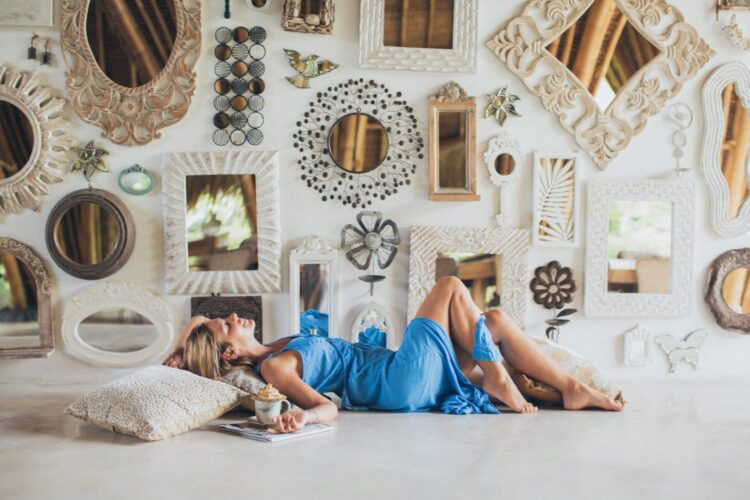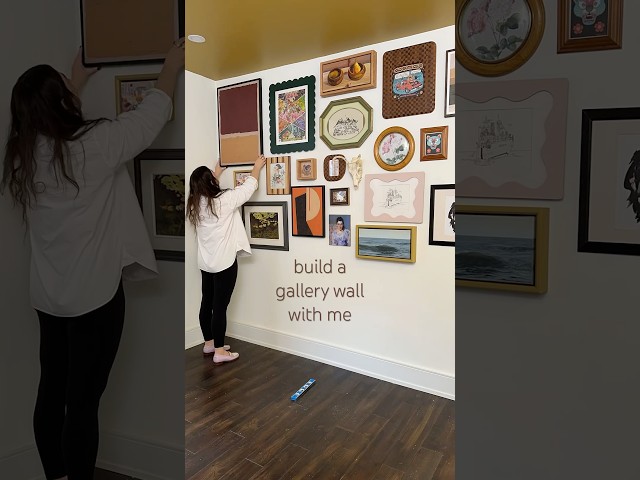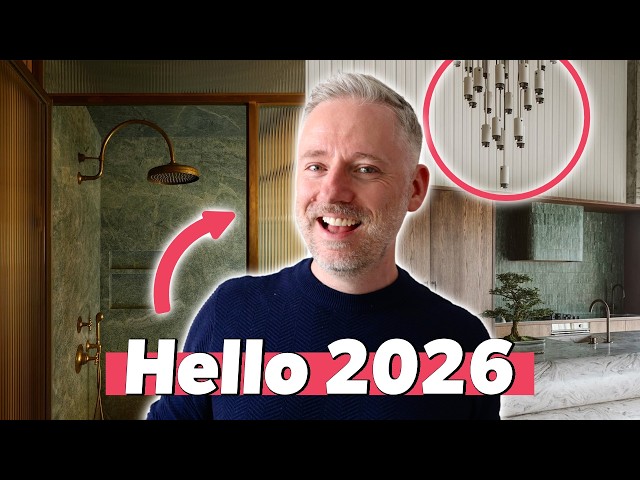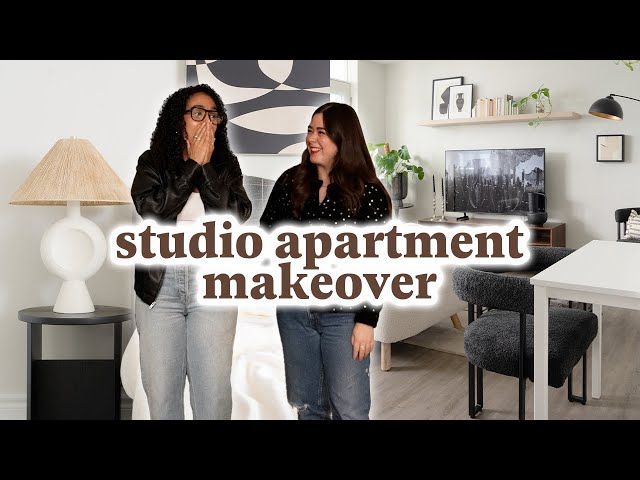In the world of interior design, creating the illusion of space is often a top priority. Whether you reside in a cozy apartment or a spacious mansion, the art of making a room appear larger than it actually is can work wonders for enhancing your living space. One of the most effective tools in this endeavor is the humble mirror. Mirrors have the magical ability to transform the look and feel of a room, making it seem more expansive, airy, and inviting. In this article, we delve into the fascinating world of mirrors and discover how they work their enchantment to make rooms look bigger.
The Reflection Effect
The primary reason mirrors are so effective in making rooms appear more spacious is their ability to reflect light and create the illusion of depth. When placed strategically, mirrors bounce natural and artificial light around the room, brightening up dark corners and enhancing the overall ambiance. This dispersion of light not only makes the space feel brighter but also tricks the eye into perceiving the room as larger.
Choosing the Right Size and Placement
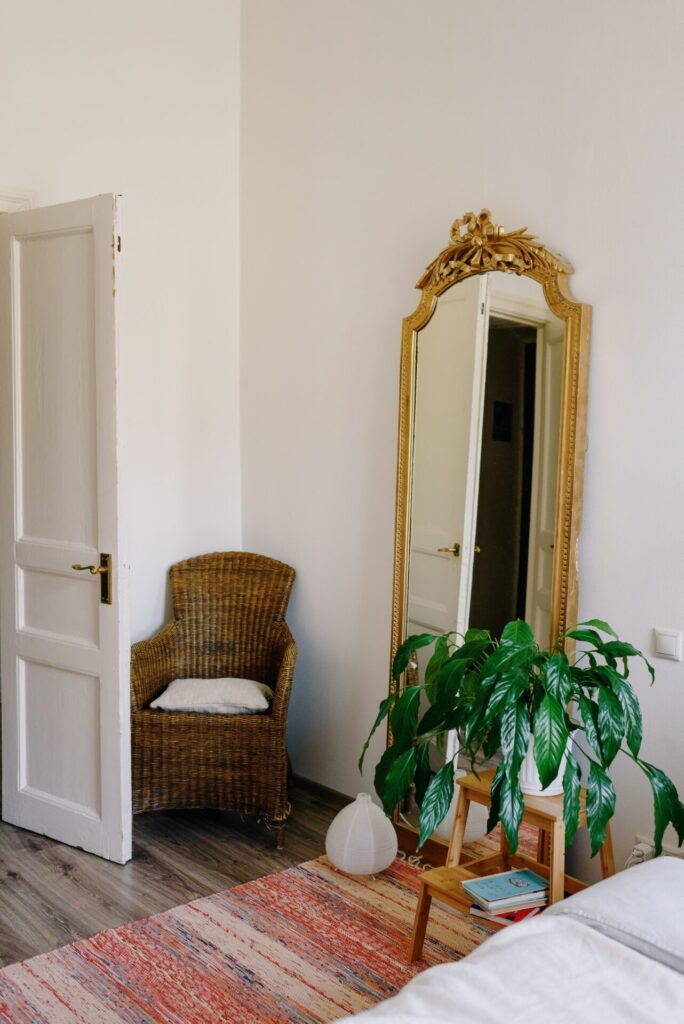
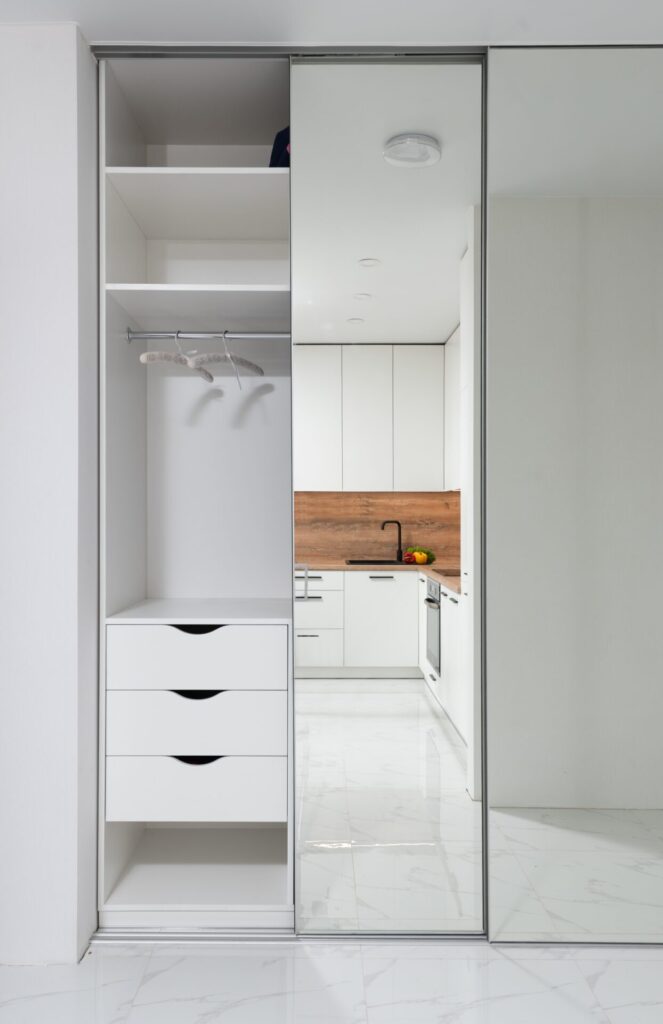
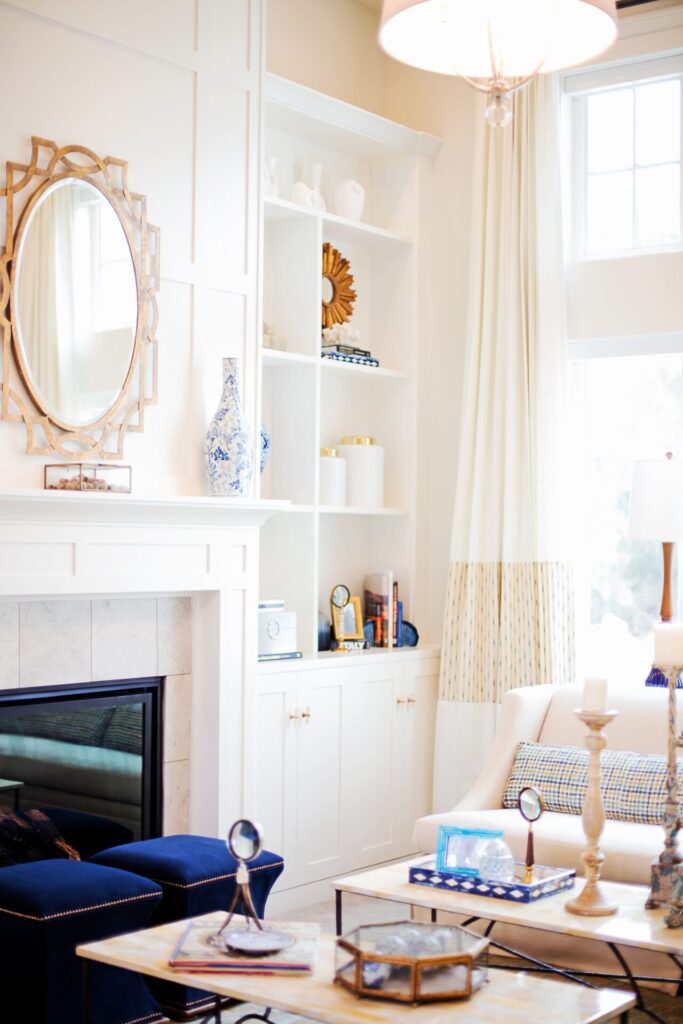
To maximize the benefits of mirrors, it’s essential to choose the right size and placement. Large mirrors, particularly full-length or floor-to-ceiling mirrors, work exceptionally well in expanding the visual space. Placing a mirror opposite a window can help capture and reflect the outdoor scenery, adding depth and dimension to the room.
Mirrors can also be strategically positioned on closet doors, behind shelves, or above mantelpieces to create the illusion of extended space. Mirrored furniture, such as coffee tables or dressers, can be stylish additions that serve the dual purpose of functionality and space enhancement.
Mirror Styles and Frames
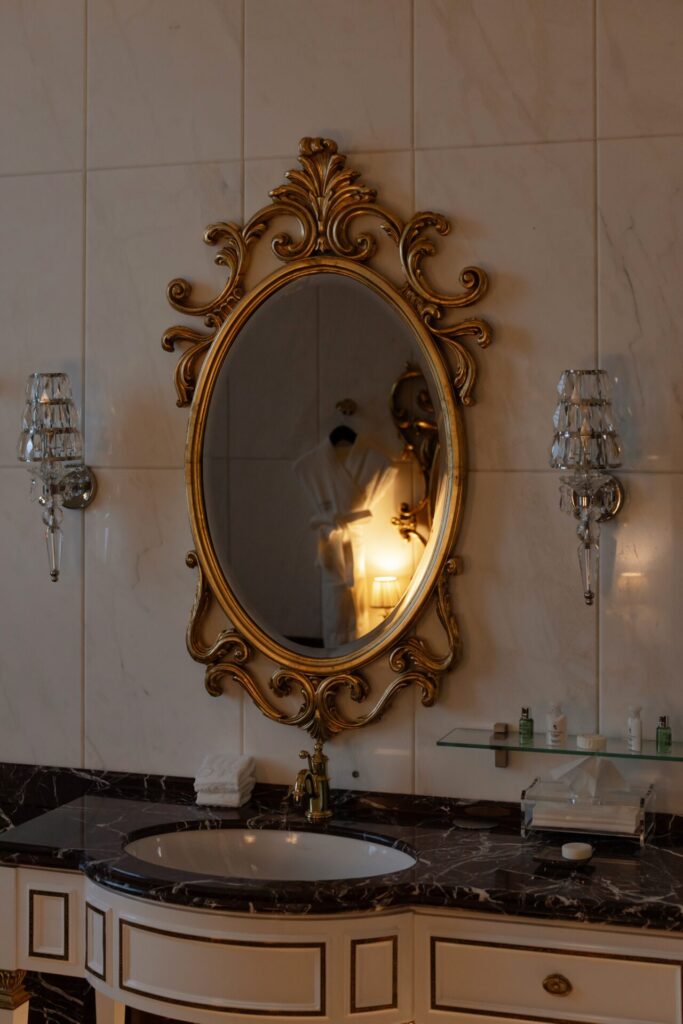
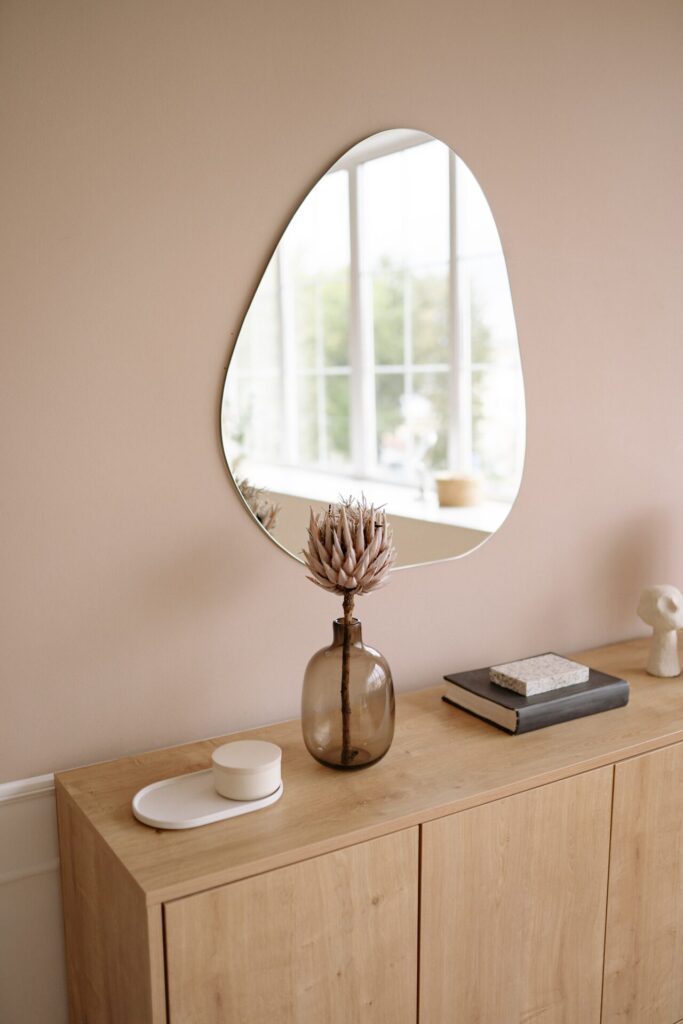
Mirrors come in a wide range of styles and frames, allowing you to incorporate them seamlessly into your existing decor. For a modern and minimalist look, frameless mirrors are an excellent choice. On the other hand, ornate and decorative frames can add a touch of elegance and sophistication to your space.
Consider the color palette and theme of your room when selecting the frame. A well-chosen frame can either blend in with the surroundings or serve as a focal point, depending on your design objectives.
Creating a Sense of Continuity
Mirrors can be used strategically to create a sense of continuity in open floor plans. Placing mirrors on adjacent walls can make it challenging for the eye to perceive where one area ends and another begins. This seamless flow contributes to the overall feeling of spaciousness.
Mirrors in Small Spaces
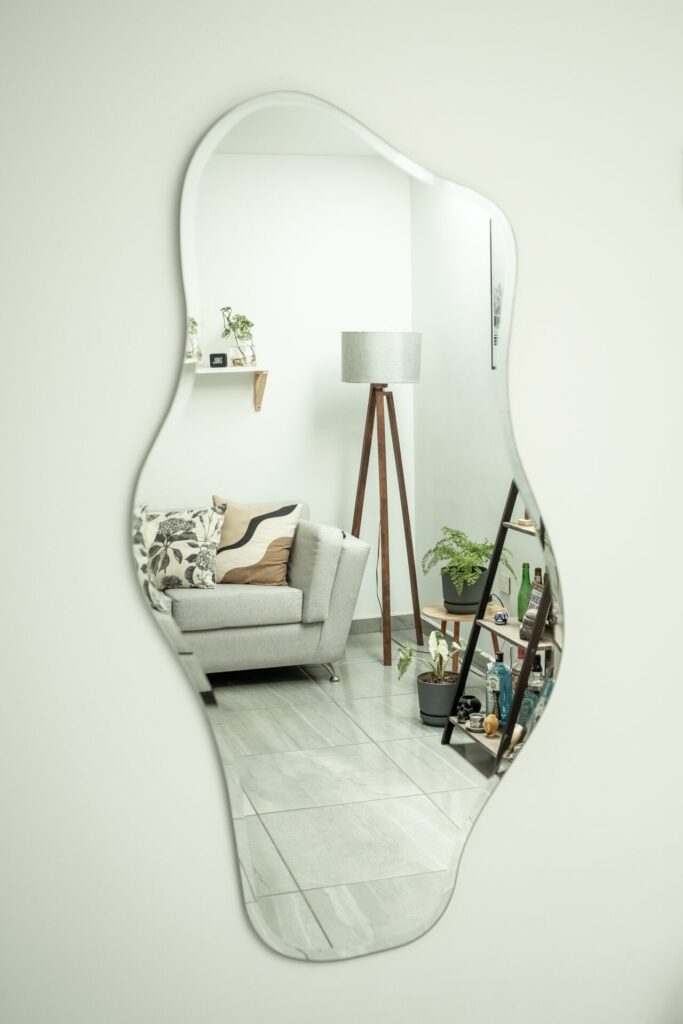
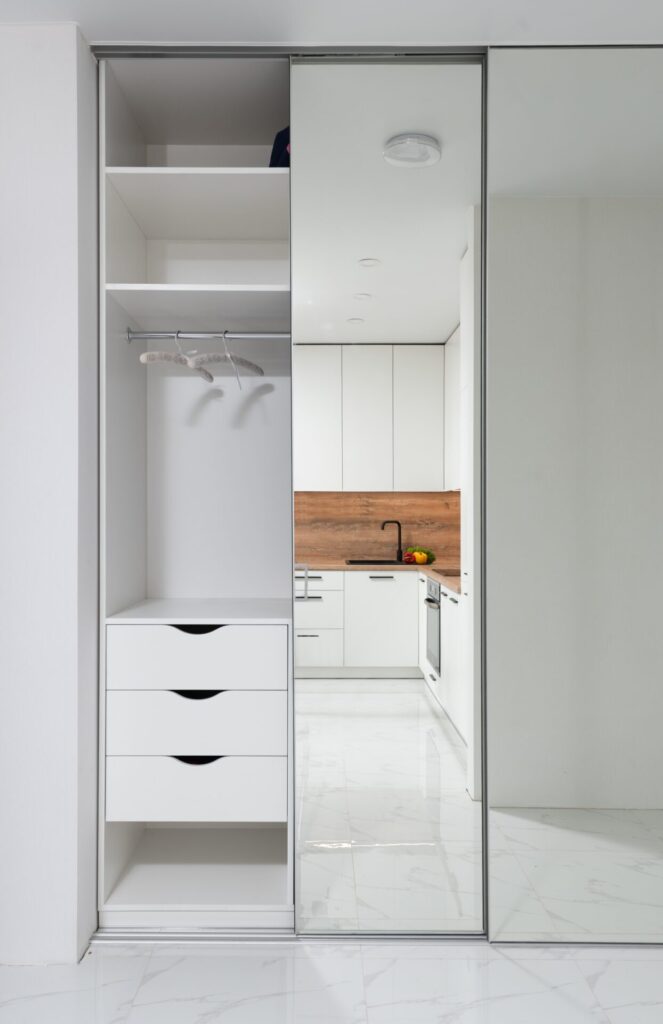
For those with smaller living spaces, mirrors are invaluable allies. In tiny apartments or rooms with low ceilings, mirrors can work miracles. Try placing mirrors vertically to draw the eye upward, giving the impression of higher ceilings.
Conclusion
Mirrors are much more than functional pieces for checking your reflection; they are powerful tools for transforming the perception of your living spaces. When used thoughtfully and creatively, mirrors can create the illusion of more significant, brighter, and more inviting rooms. So, whether you’re looking to make a cozy bedroom feel more spacious or turn a compact living area into an expansive oasis, mirrors are your secret weapon in the world of interior design. Embrace the magic of mirrors, and watch as your rooms come to life with newfound depth and beauty.

